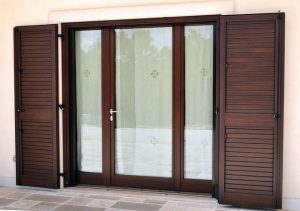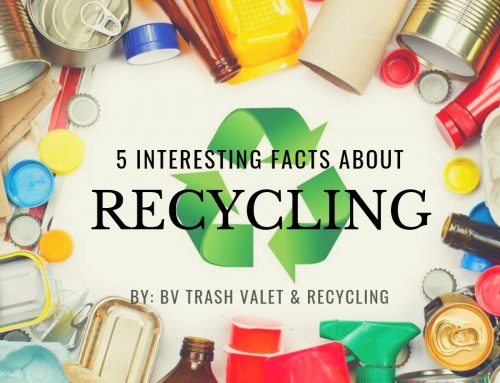Choosing and Installing Energy-Efficient Doors
Selecting and installing an energy efficient door can help you reduce your electric bill, as well as keep your rooms at a more comfortable temperature without having to turn on the AC or the heater.
Some door improvements cost a lot of money. For example, if you decided to completely replace your door, that’s going to be a heavy investment. Other improvements, such as weatherstripping, are easy and inexpensive.
Here’s what you need to know about installing energy-efficient doors.
What Kind of Door Should You Choose?
There are primarily three types of doors you can choose from: wood, steel and fiberglass.
However, if you want to conserve the maximum amount of energy possible, the best kind of door you can choose is a steel door that’s wrapped in wood.
This kind of door will give you the great look that a wooden door does, while giving you maximum insulating power.
Weatherstripping: Even More Important Than the Door
Even more important than the door are the areas around the door.
Most heat in the door area doesn’t escape from passing through the door. Instead, it escapes through the gaps under the door or the seams on the side of the door.
As a rule of thumb, if you can slide a piece of paper anywhere from inside the house to the outside of the house with the door closed, you have a serious air and energy leak.
Weatherstripping is the process of sealing up these gaps to make sure no heat or coolness escapes to the outside. You do this by sealing the bottom of the door and the seams along the door.
Weatherstripping costs much, much less than buying a new door and can have a much bigger effect. You can even do it yourself by going down to Home Depot and buying the weatherstripping supplies you need.
Understanding R Value

Glass Door by Pixabay
One final thing to understand about door energy conservation is “R Value.”
Your R Value is how heat resistant the glass on your door is. If you have a door panel, glass doors or even just decorative glass on your door, a lot of heat can escape through that glass.
The higher the R Value, the less heat escapes. When you’re buying your door, make sure you take your R value into accou nt.
If everything else in your house is designed to conserve heat but your door has a low R value, you might want to consider getting the glass replaced.
Choosing, installing and leak-proofing your door can take several weeks. Remember that all the effort you put into it will pay off in energy saving in the future. You’ll also be helping reduce your environmental footprint by using less energy.
Share This Story, Choose Your Platform!
Choosing and Installing Energy-Efficient Doors
Selecting and installing an energy efficient door can help you reduce your electric bill, as well as keep your rooms at a more comfortable temperature without having to turn on the AC or the heater.
Some door improvements cost a lot of money. For example, if you decided to completely replace your door, that’s going to be a heavy investment. Other improvements, such as weatherstripping, are easy and inexpensive.
Here’s what you need to know about installing energy-efficient doors.
What Kind of Door Should You Choose?
There are primarily three types of doors you can choose from: wood, steel and fiberglass.
However, if you want to conserve the maximum amount of energy possible, the best kind of door you can choose is a steel door that’s wrapped in wood.
This kind of door will give you the great look that a wooden door does, while giving you maximum insulating power.
Weatherstripping: Even More Important Than the Door
Even more important than the door are the areas around the door.
Most heat in the door area doesn’t escape from passing through the door. Instead, it escapes through the gaps under the door or the seams on the side of the door.
As a rule of thumb, if you can slide a piece of paper anywhere from inside the house to the outside of the house with the door closed, you have a serious air and energy leak.
Weatherstripping is the process of sealing up these gaps to make sure no heat or coolness escapes to the outside. You do this by sealing the bottom of the door and the seams along the door.
Weatherstripping costs much, much less than buying a new door and can have a much bigger effect. You can even do it yourself by going down to Home Depot and buying the weatherstripping supplies you need.
Understanding R Value

Glass Door by Pixabay
One final thing to understand about door energy conservation is “R Value.”
Your R Value is how heat resistant the glass on your door is. If you have a door panel, glass doors or even just decorative glass on your door, a lot of heat can escape through that glass.
The higher the R Value, the less heat escapes. When you’re buying your door, make sure you take your R value into accou nt.
If everything else in your house is designed to conserve heat but your door has a low R value, you might want to consider getting the glass replaced.
Choosing, installing and leak-proofing your door can take several weeks. Remember that all the effort you put into it will pay off in energy saving in the future. You’ll also be helping reduce your environmental footprint by using less energy.





